Chambord- liqueur of royals
BRANDS REPRESENTED IN THE BALTIC COUNTRIES
Many of the world’s top beverage producers have entrusted us with their beverage sales and representation rights in Estonia, Latvia and Lithuania. We are proud to present our well-curated portfolio: Bacardi, Martini, Bombay, Remy Martin, Cointreau, Botanist, Metaxa, St.Remy, Jack Daniel’s, Grey Goose, Whyte & Mackay, LeMarque, Boulard, Baron Otard, Unicognac, Fentimans and many more.
In order to support wine culture in the Baltic countries, we have created the Nautimus brand, which denotes the recommendations of Liviko’s sommeliers. Nautimus is an esteemed brand among wine enthusiasts and acts as a trustworthy advisor.
Our professional teams in Estonia, Latvia and Lithuania know the market and preferences of all three countries well, and can find an opportunity for each brand to shine.
Rémy Cointreau

In 2018, the Rémy Cointreau Group, a French cognac and brandy producer, selected Liviko as its official representative and importer in the Baltics. The Rémy Cointreau Group includes world-renowned super premium brands, which are made only with the best of what nature has to offer. The grapes are harvested either from the ancient vineyards of the Cognac region, or from the Greek island of Samos, where the grapes have ripened in the abundant sun. The high-quality sugar cane is sourced from the Oxford plantation on Barbados. The French family-owned top brands of Rémy Cointreau date back to 1724, and over the course of three centuries, the company’s beverage portfolio has been curated to perfection.
Represented brands:
Louis XIII, Remy Martin, Cointreau, Metaxa, The Botanist, Bruichladdich, Mount Gay Rum, St.Remy.
Bacardi Martini

The fruitful cooperation between Bacardi Limited and Liviko in Estonia and Latvia began in 2010. After three years, flexible partnership and mutual trust led Liviko to represent Bacardi’s world-renowned portfolio in Lithuania. Dating back more than 150 years, Bacardi Limited is a family-owned business that has grown into the world’s largest privately-owned alcoholic beverage company. Bacardi Limited includes over 200 brands from almost every category of alcohol, and an impressive proportion of these brands are world-famous.
Represented brands:
Bacardi, Martini, Bombay, Grey Goose, Patron, Dewar’s, Otard, Aberfeldy, Aultmore, Benedictine, Breezer, Pyrat, St-Germain.
Brown-Forman

Brown-Forman Corporation was founded in 1870 by George Garvin Brown. Brown-Forman Corporation has enriched the experience of life by responsibly building fine quality beverage alcohol brands. George Garvin Brown IV, a descendant of the founder, is part of the 5th generation of Brown family members engaged with Brown-Forman, a publicly-traded, family-controlled company, and serves as the presiding Chairman of the Board.
Brown-Forman is, one of the oldest and largest American-owned spirits companies and among the top 10 global spirits companies in the world. It has a portfolio of high quality and authentic brands, coupled with a diverse and global workforce of innovative and passionate people. As an independent, successful, and growing company, it has a long-term perspective and the ability to invest more in brands and people. Today, Brown-Forman maintains 1% of the total global market for distilled spirits. In its portfolio, you will find exclusive American and Scotch whiskeys like Jack Daniel’s, Woodford Reserve, GlendRonach, Benriach, GlenGlassaugh, French liqueur Chambord etc.
Represented brands:
Jack Daniel´s, Benriach, GlenDronach, Glenglassaugh
Fentimans

The world’s first botanically fermented lemonades and tonics made by Fentimans became a part of Liviko’s portfolio in 2016. In 1905, Thomas Fentiman, an iron puddler from Cleckheaton, England, was approached by a fellow tradesman for a loan. A deal was struck and a recipe for botanically brewed ginger beer was provided as security. The loan was never repaid so Thomas Fentimans became the owner of the recipe. Made according to a unique recipe for natural fermentation, this drink quickly became popular, the family business expanded and several production facilities were set up to meet the growing demand. The more than a century old company and its modernised recipes still belong to the Fentimans family.
Represented brands:
Fentimans
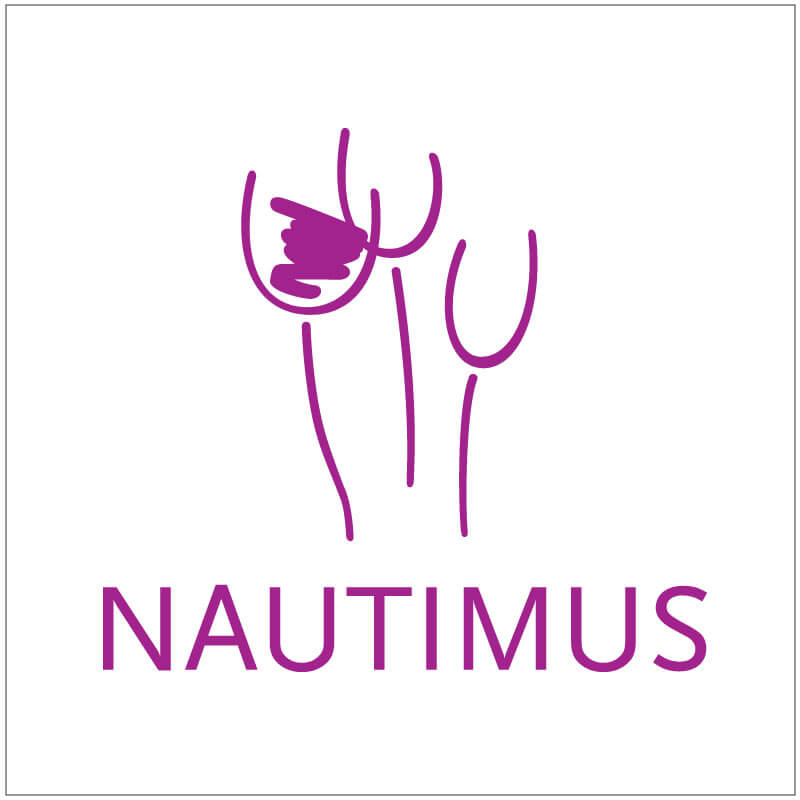
Nautimus
The Nautimus brand created by Liviko has become a trusted choice in the world of wine. The Nautimus label is given to wines that have been selected by Liviko sommeliers and are good value for money.
The Nautimus range spans Liviko’s entire wine portfolio, with additional recommendations carrying the Nautimus label. This range has been selected by Estonia’s most-renowned sommeliers to highlight wines with the best quality/price ratio across all quality and price categories. In order to make choosing a wine easier and more convenient, each colour of the Nautimus label corresponds to a wine with particular flavour characteristics. You can also find the Nautimus label on selected wines with BIO and ORGANIC certification.
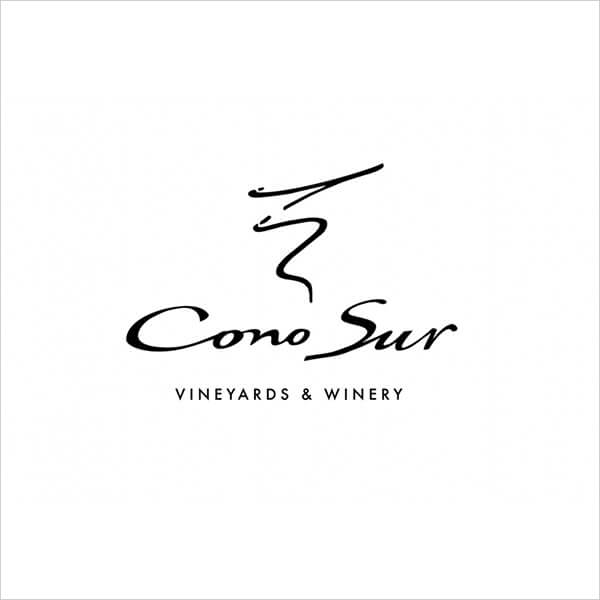
Cono Sur
Cono Sur Vineyards & Winery was founded in 1993 in Chile, near the Chimbarongo village located in Colchagua Valley, south of Santiago. The name Cono Sur means “the southern cone”, referring to the cone-like shape of South America. Characteristically, the motto of Cono Sur emphasises modernity and innovation: “No family trees, no dusty bottles, just quality wine.” Viña Cono Sur belongs to the Concha y Toro Group, the largest wine producer in Chile.
In 1999, Cono Sur started the Pinot Noir project, focusing on making organic wine; this successful venture helped the winery grow into the second-largest producer in Chile after Concha y Toro. Viña Cono Sur, a winery with one of the smallest CO2 emissions in the world, was named the World’s Greenest Winery in 2007.
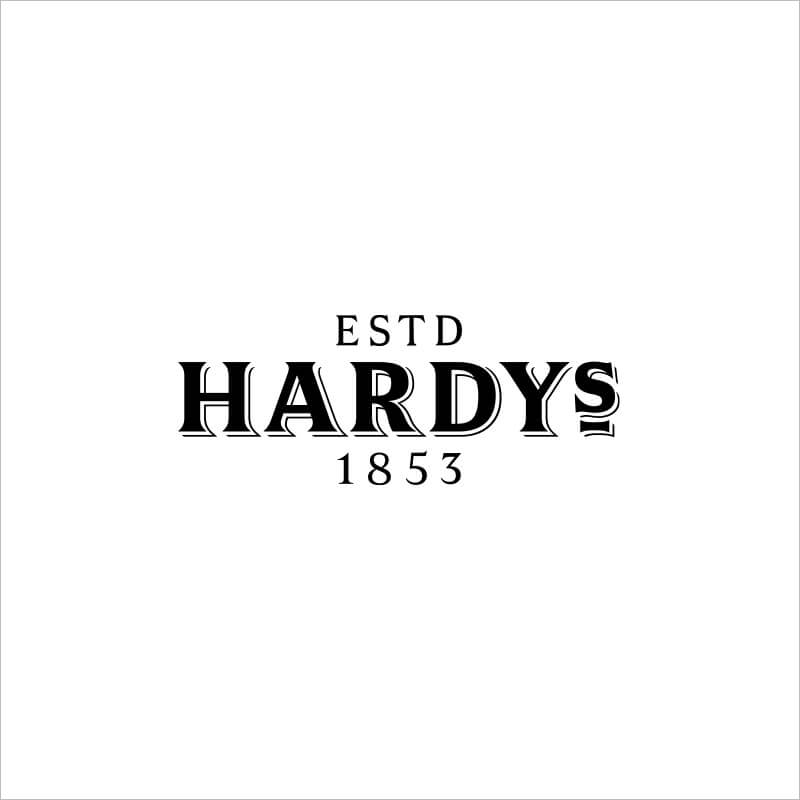
Hardys Wines
The history of Hardys Wines begins with Thomas Hardy, born in Devon, England, who arrived in Australia in 1850 to try his fortune. With 30 pounds in his pocket, he started work on Reynella farm. Three years later, Thomas Hardy bought a small estate on the banks of the River Torrens near Adelaide, and established Hardys Wines.
In 1887, Thomas Hardy included his sons in the family business, which then became known as Thomas Hardy & Sons. By then, the family of wine merchants also owned a number of estates in other Australian wine regions. By the turn of the century, the family-owned Thomas Hardy & Sons had become the largest winemaker in South Australia. After more than 160 years since Hardys Wines was established, the fifth generation at the helm of the world-famous winery, William “Bill” Hardy, is continuing the family traditions and combining them with the modern world of wine.
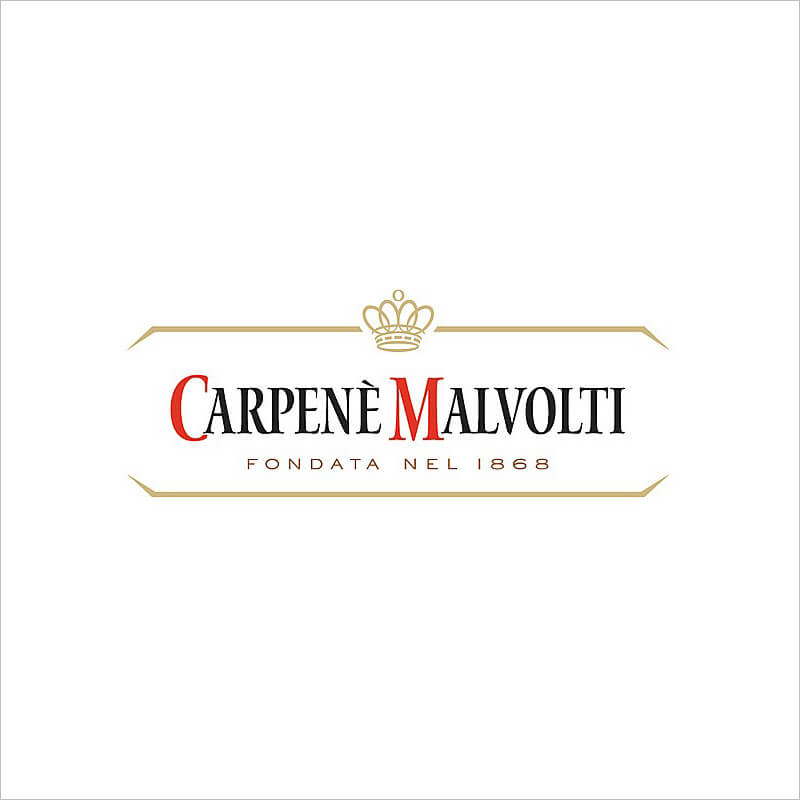
Carpenè Malvolti
The Carpenè Malvolti winery was established by Antonio Carpenè in 1868, in the town of Conegliano in Veneto, Italy. He was one of the first to start making sparkling wines in the Treviso region in 1878. In 1924, Carpenè Malvolti was the first winery to use the term “Prosecco di Conegliano” on the labels of its sparkling wines. The winery still belongs to the Carpenè family.
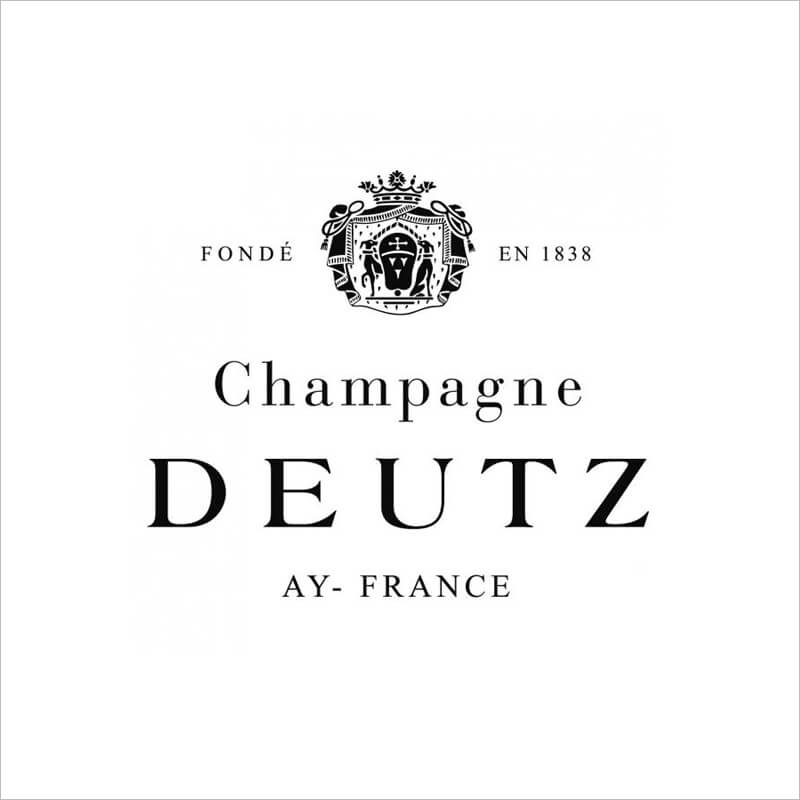
Champagne Deutz
Champagne Deutz & Geldermann was founded in 1838 by two German wine merchants, William Deutz and Pierre-Hubert Geldermann. The company was established in Aÿ, France, in the oldest Grand Cru village in the Champagne region. The company was renamed Champagne Deutz in 1873, when Réne Deutz’s sister Marié married Albert Geldermann, and the champagne house became a family business. Today, Champagne Deutz grows Pinot Noir on almost 40 hectares in their vineyards in the village of Aÿ, and the wines of this champagne house are highly esteemed by the world’s leading wine critics.
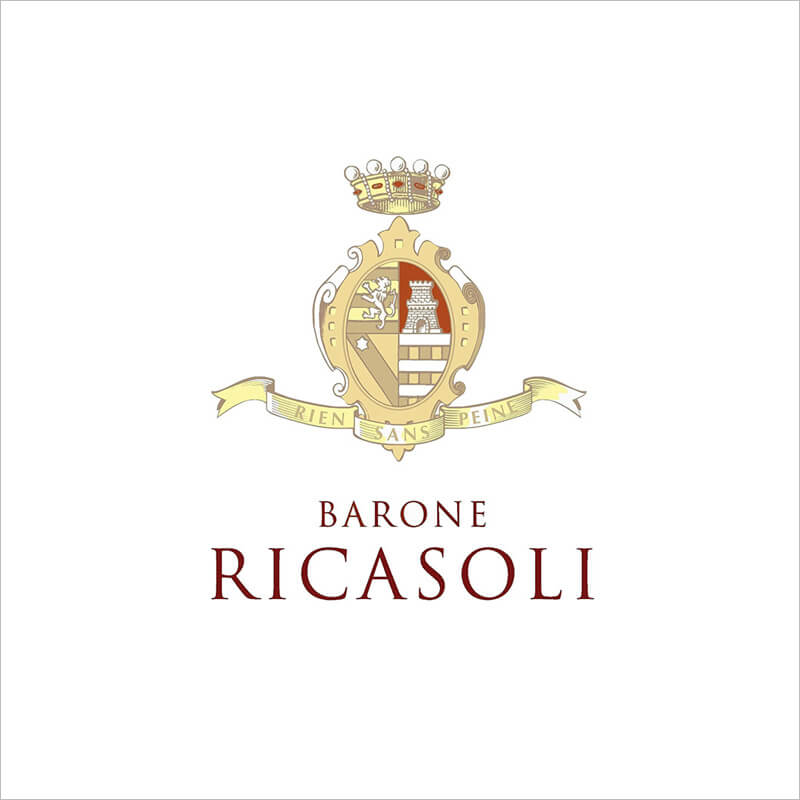
Barone Ricasoli
The family tree of the old and venerable Ricasoli family dates back to the time of Charlemagne, and the Castello di Brolio in Tuscany has belonged to the family since 1141. Barone Ricasoli is the oldest winery in Italy, and the second-oldest in the world. The company has been operating continuously, making it the fourth-oldest company in the world.
In 1872, Baron Bettino Ricasoli developed a recipe for Chianti red wine, which is still in use today. Since 1993, the winery has been run by Francesco Ricasoli, the 32nd Count of Brolio. Today, the company has 1,200 hectares of land at the Castello di Brolio estate, including 240 hectares of vineyards in the Chianti Classico area, and 20 hectares with olive groves.
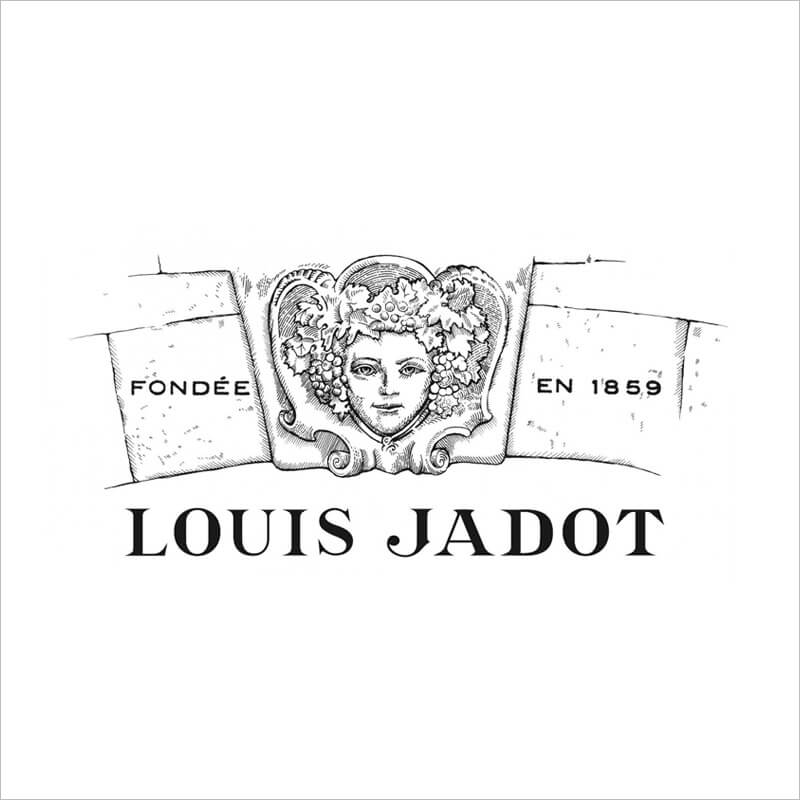
Maison Louis Jadot
Renowned as a vine grower since 1826, when the family purchased the vineyard Beaune Premier Cru Clos des Ursules. Decades later, in 1859, Louis Henry Denis Jadot established a wine cellar, and began making and selling wine. Today, Maison Louis Jadot is one of the most important Burgundian wine merchants, owning 270 hectares of vineyards in various wine regions in Burgundy; Louis Jadot also grows grapes in Oregon (US). Louis Jadot makes its own wine barrels in a cooperage in Cadus, Burgundy.
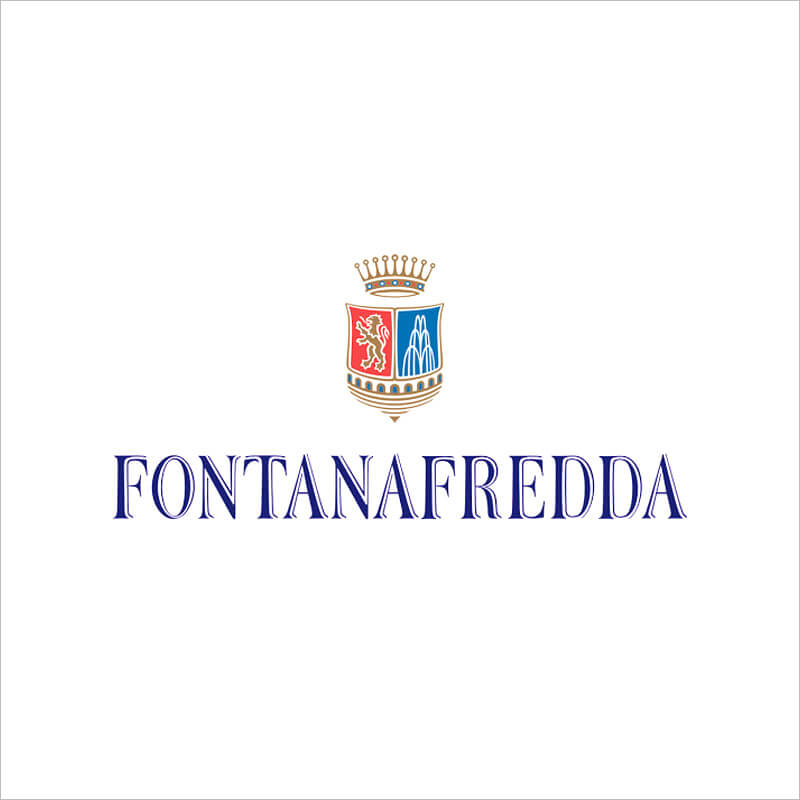
Fontanafredda
In 1858, the Fontanafredda estate was bought by King Vittorio Emanuele II of Italy as a gift to his mistress Rosa Vercellana. In 1866, the king also bought the first vineyard for the manor near the village of Barolo; the harvest from this vineyard was used to make a wine called Tenimenti di Barolo or Fontanafredda. In 1878, the estate was inherited by Count Emanuele Alberto di Mirafiori, the son of King Vittorio Emanuele II and Rosa Vercellana. The Count bought another 300 hectares of land for the estate, and the Fontanafredda wine business expanded successfully. Unfortunately, the venture dwindled in the 20th century during the Great Depression, and in 1931, the oldest bank in Italy, Monte dei Paschi di Siena, purchased the struggling estate. In 2008, Oscar Farinetti, a visionary Piedmontese businessman, became the new owner of the estate, giving the wine business a new lease of life. In 2017, Fontanafredda received the outstanding recognition of “European Winery of the Year” from the leading European wine magazine, Wine Enthusiast.
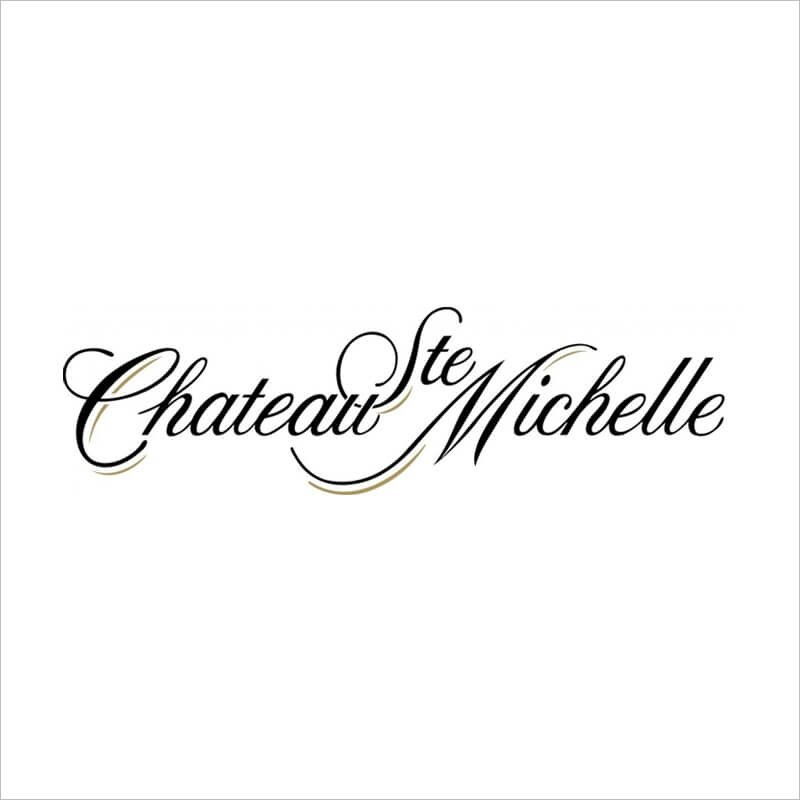
Château Ste. Michelle
The history of the oldest and largest winery in the USA, located in Washington State, dates back to 1912, when Seattle businessman Frederic Stimson bought 34 hectares of land in Woodinville, where he established a farm with fields, a small vineyard and hunting grounds. Stimson named its estate Hollywood Farm, later renamed Stimson Lane Vineyards and Estate. In 1951, the first Vitis vinifera grapes were planted in this vineyard followed in 1965 by the first Riesling grapes, from which the winery’s most famous wine, Chateau Ste, is produced. Michelle Riesling.
Under the legendary winemaker Andre Tchelistcheff, a new line of premium vinifera wines was introduced called Ste. Michelle Vintners. In 1976, the company built a French style winery Chateau and changed its name to Chateau Ste. Michelle.
Today, the estate also includes the Columbia Crest Winery in Washington State, Erath Winery in Oregon, and Stags’ Leap Wine Cellar in California. The estate works closely with the world-renowned wineries of Dr. Loosen and Marchesi Antinori.
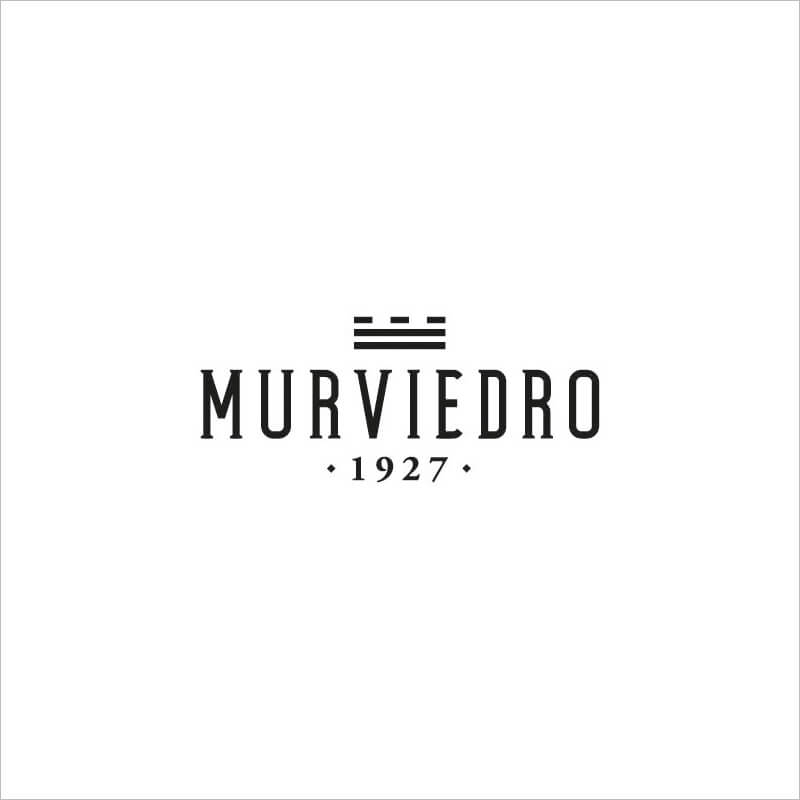
Bodegas Murviedro
The story of Murviedro begins in 1893, when a Swiss cooper Charles Schenk changed careers and became a wine merchant. His son Arnold founded one of the first international wine businesses, buying and establishing affiliate wineries in different countries, including Switzerland, France, Italy and Spain. Schenk Holding Group, which belongs to the Schenk family, currently has 44 wineries. Bodegas Murviedro is one of the wineries established in Penedès, Spain, in 1927, originally under the name of Schenk España. A few years later, the winery expanded to Valencia and Utiel-Requena, focusing on the global export of the wines of that region. In 2002, the winery was modernised and renamed Bodegas Murviedro.
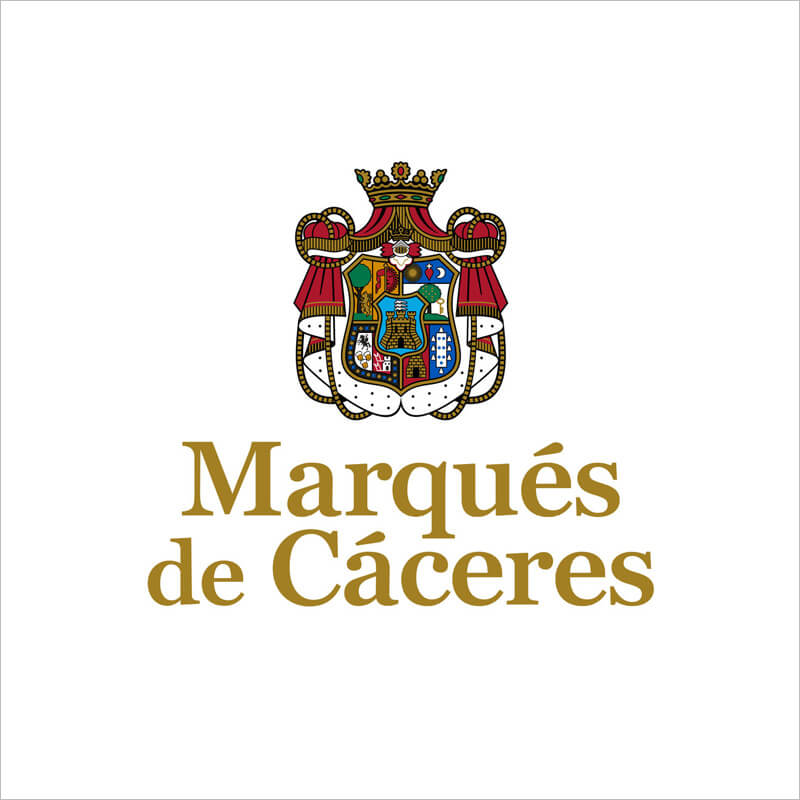
Marqués de Càceres
Marqués de Càceres is a modern winery, founded in 1970 by wine merchant Enrique (Henri) Forner with a good friend of his, Bordeaux oenologist Emile Peynaud. The Forner family emigrated to France to escape from the Spanish Civil War. Together with his brother Elysée, they set up the Grand Cru Classe wine estate Chateau Camensac in Bordeaux. Upon returning to his homeland, he bought a wine estate in the Rioja region in 1970. Today, the Marqués de Càceres winery is run by Enrique’s daughter, Christine, advised by Michel Rolland, Emile Peynaud’s student. The wine is made in the French Bordeaux style, from the classic “Rioja” dark grape varieties.
